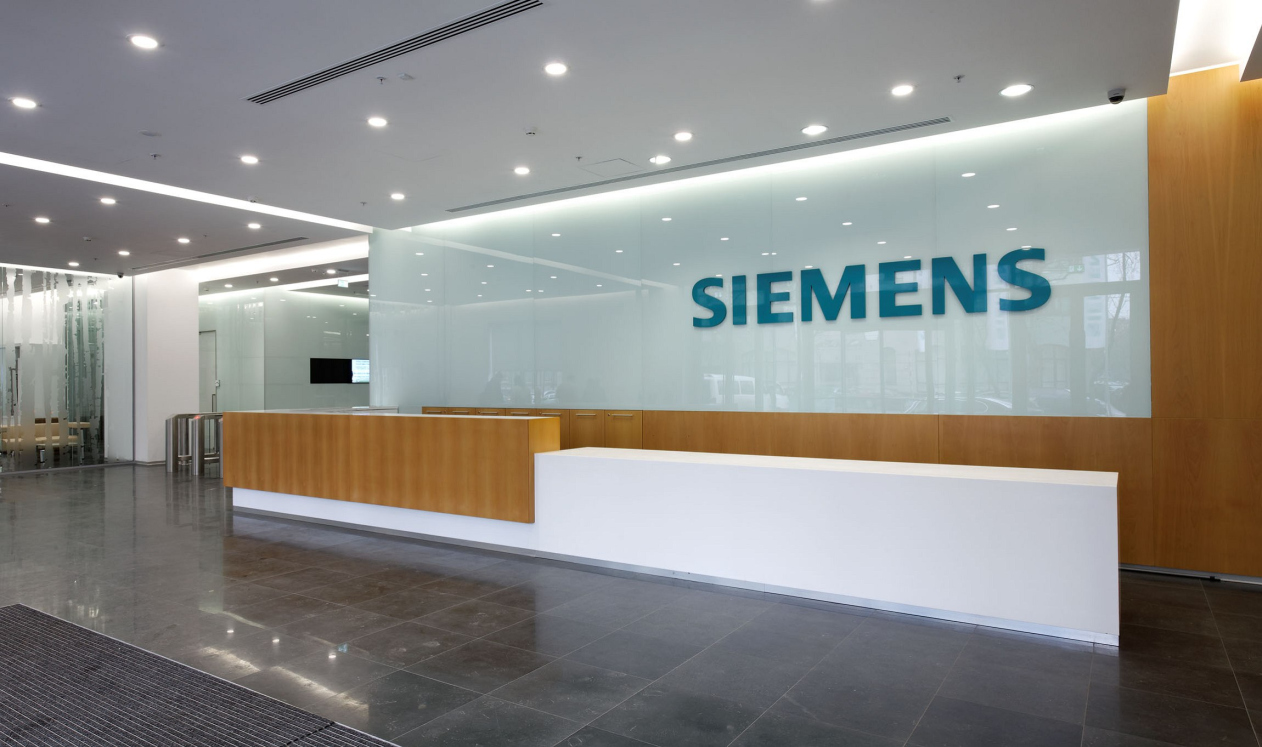Office for high technologies
This year one of the winners of the Best Office Awards became ABD Architects project of the Siemens corporation Moscow office.


28 July 2011

Written by: